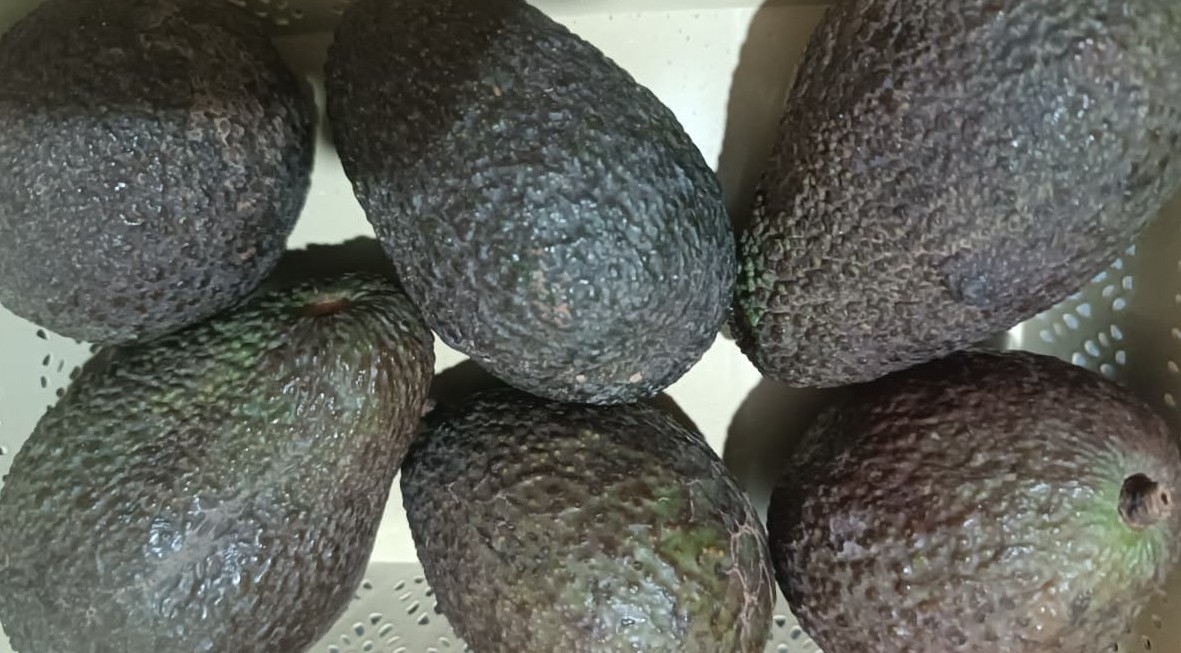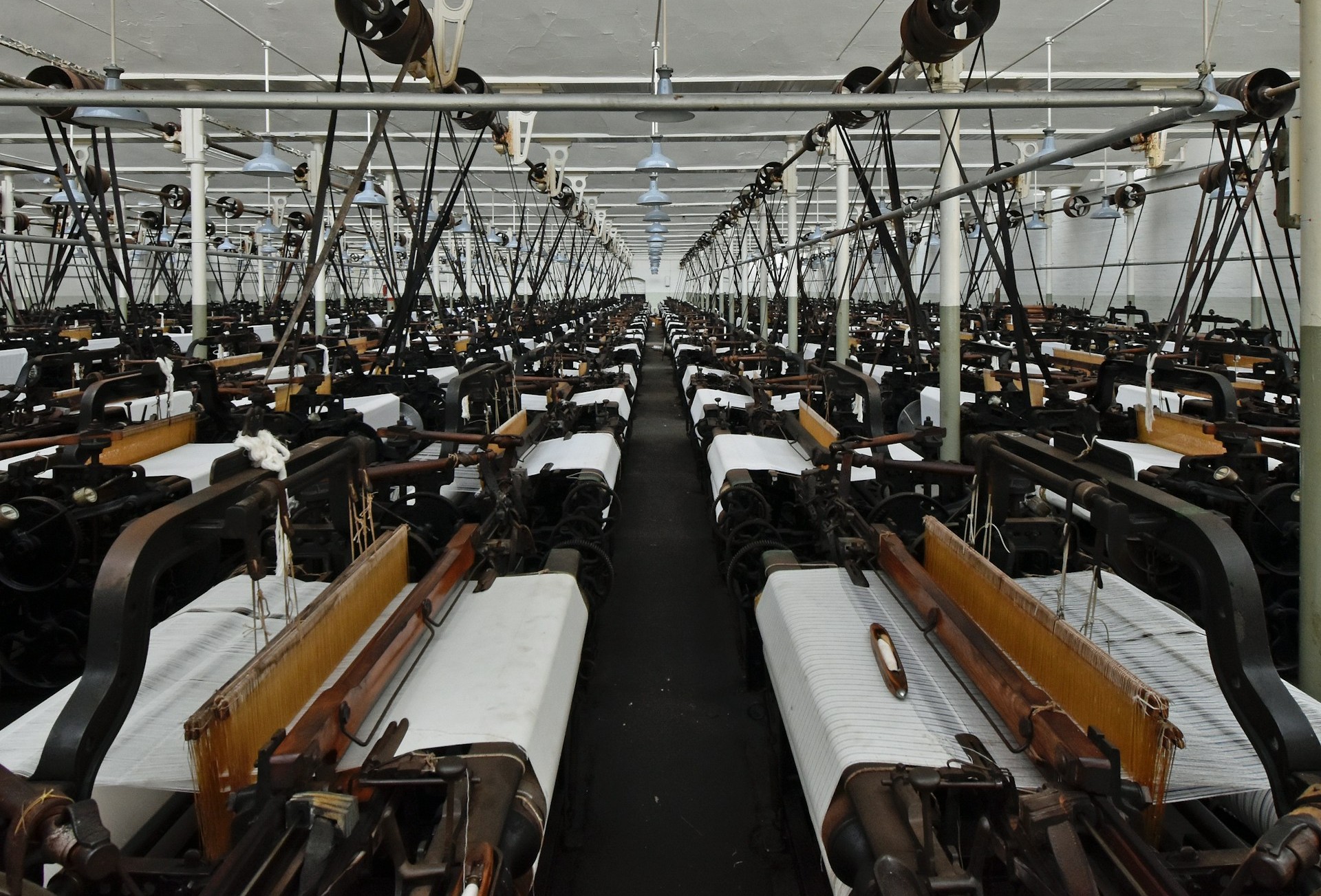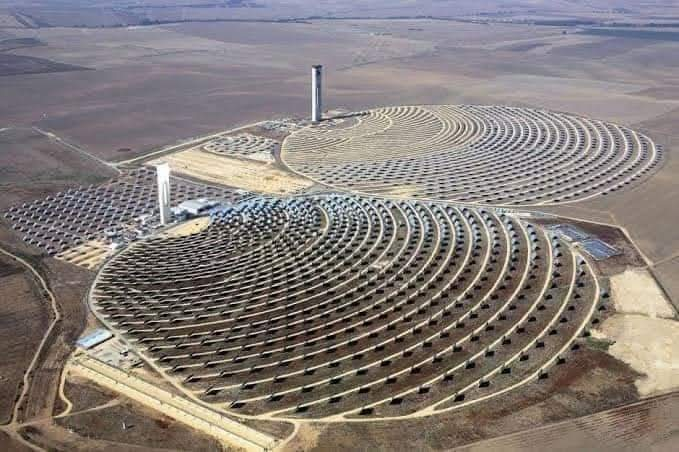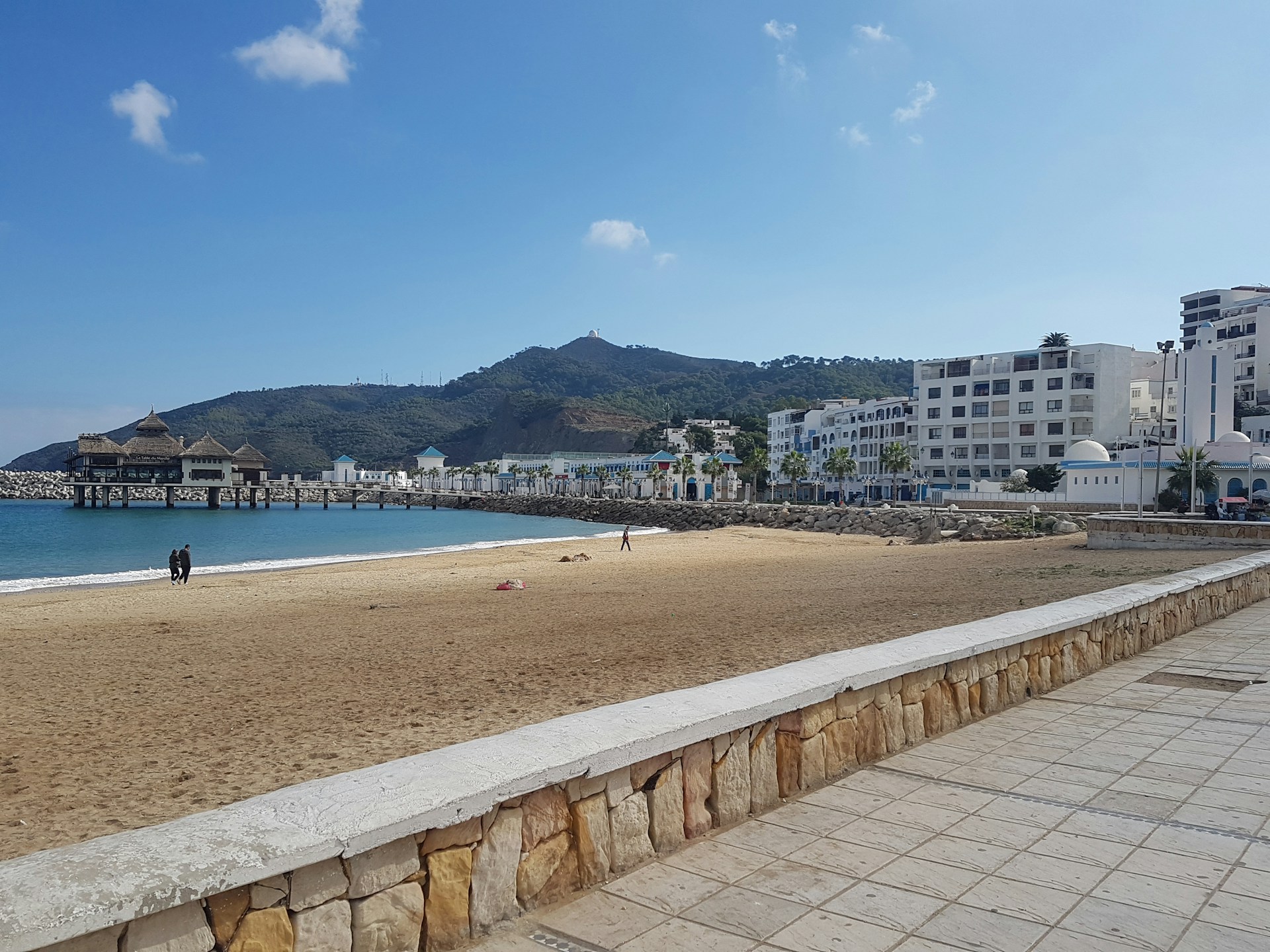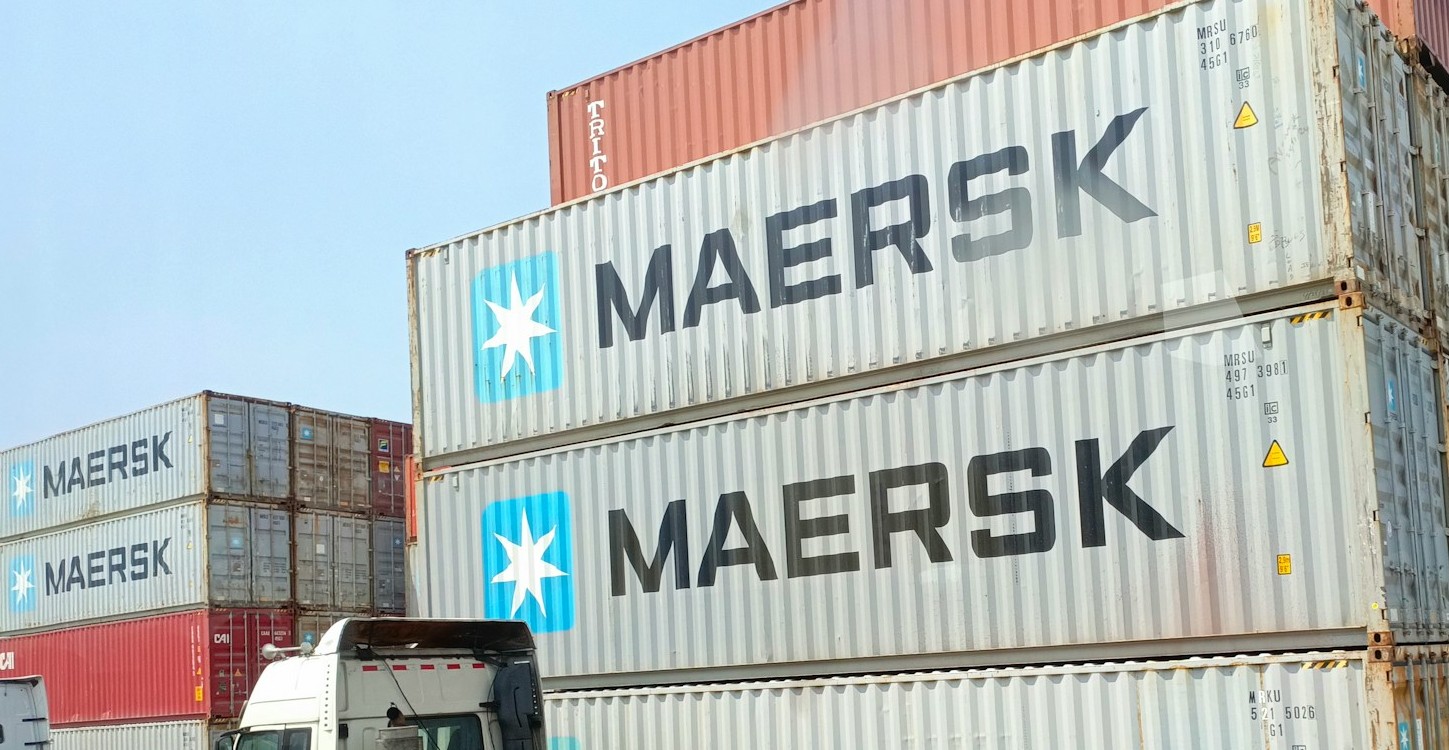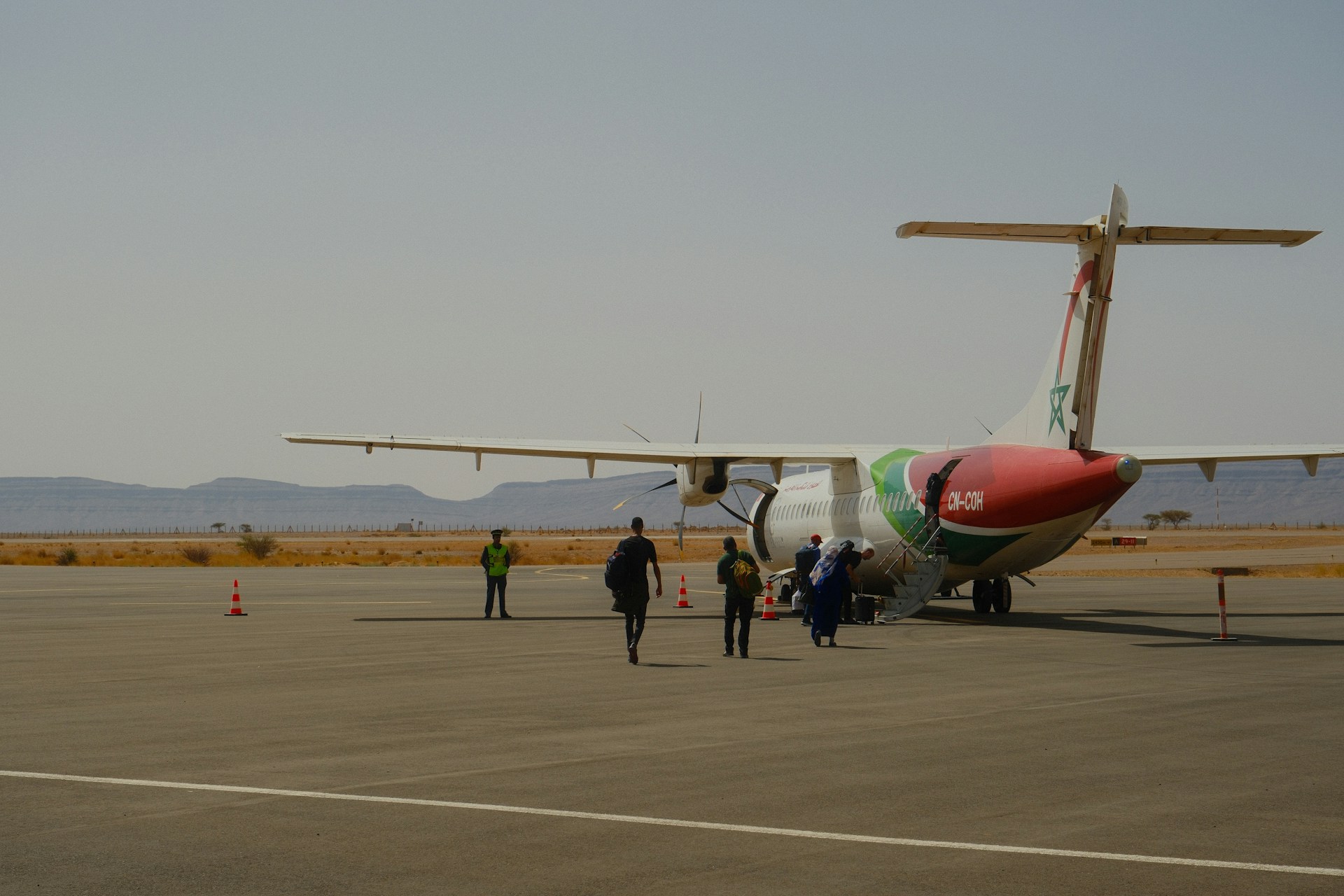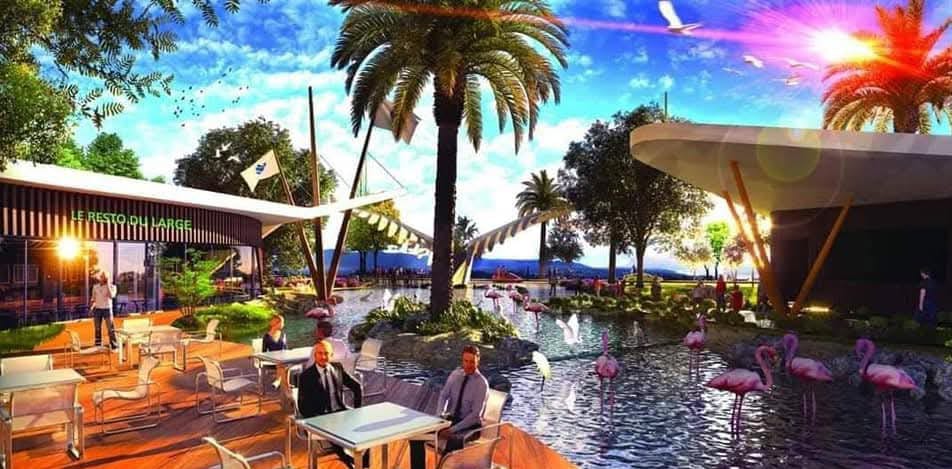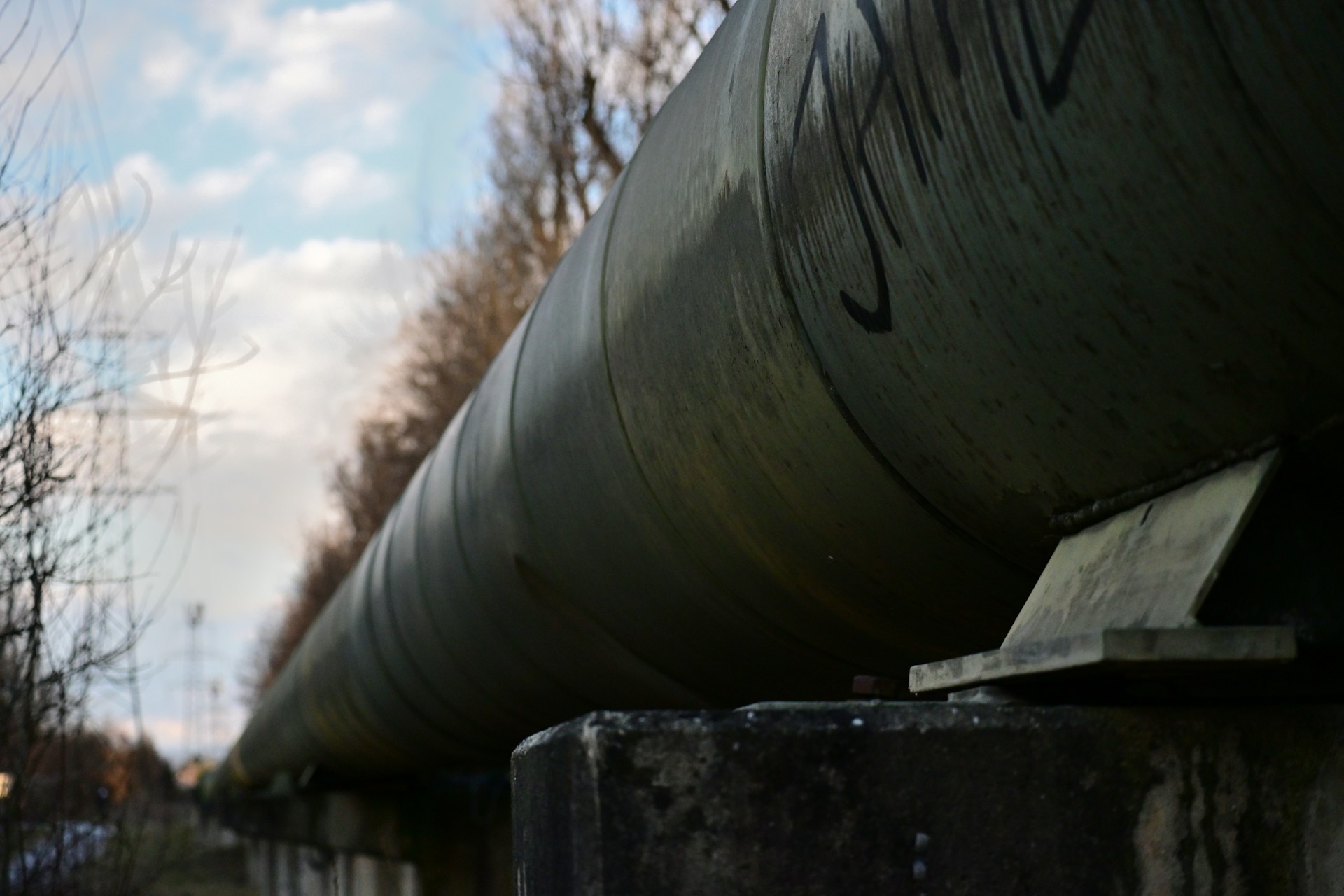Casablanca – Morocco has solidified its position as a significant purchaser of Spanish gas following the reopening of the Tarifa gas pipeline in June 2022. This strategic move by the Spanish government allowed for the reversal of gas flow direction from Spain to Morocco, following Algeria’s decision to close the pipeline. Over the past two years, Morocco has become the second-largest customer for Spanish gas resales, trailing only France.
Reversal of gas flow
Initially, the reactivation of the pipeline, which spans the Strait of Gibraltar and reaches Tarifa in Cádiz, was intended to enable gas flow from Spain to Morocco. By January 2023, Morocco became the leading destination for Spanish gas exports for the first time, receiving 28 percent of the total monthly exports.
Significant purchase contracts
The first shipment of liquefied natural gas (LNG) purchased by Morocco is en route and expected to arrive in the coming days. This shipment is part of the 500 million cubic meters ordered under a contract with Shell. The LNG carrier, Orion Bohemia, departed from Peru on May 25 and will deliver the first cargo to Morocco via Spain. The ship, currently in the port of Cartagena, is scheduled to offload part of its cargo before heading to Huelva to deliver the gas destined for Morocco. The Moroccan LNG will be regasified locally before being transported via the Maghreb-Europe Gas Pipeline (GME).
This initial delivery follows Morocco’s LNG purchases on the spot market in 2022, culminating in a 12-year agreement with Shell International Trading Middle East Limited FZE and the National Office of Electricity and Drinking Water (ONEE) for the annual supply of 0.5 billion cubic meters of LNG.
Meeting energy needs
Abderrahim El Hafidi, former Director General of ONEE, stated, “This agreement will help meet part of our needs and ensure the supply of natural gas to our power plants. Natural gas is now a major component of our energy mix, providing the necessary flexibility to accommodate the massive introduction of renewable energies into our electrical system.”
The shutdown of the GME posed a challenge in maintaining the operations of the Tahaddart and Ain Beni Mathar power plants, which have not been running at full capacity since. These plants, with capacities of 380 MW and 450 MW respectively, are crucial for providing Morocco with a degree of flexibility. To keep these plants operational, Morocco began sourcing gas from Spain in June 2022 by reversing the pipeline flow. In just two years, Morocco has become one of Spain’s top gas customers, accounting for 16.5 percent of Spain’s natural gas exports this year. Public data from Enagás, the Spanish gas network operator, confirmed that in January, Morocco became the leading destination for Spanish gas exports for the first time.
Strategic energy planning
Morocco prioritizes cost-effective solutions when addressing its energy needs, typically exploring lower-cost options before turning to more expensive alternatives. As part of this strategy, the country has opted to utilize gas turbines powered by diesel or fuel oil only as a last resort.
To stabilize its energy supply and mitigate market price fluctuations, Morocco has secured a significant volume of gas from Spain, leveraging Spain’s robust resources and infrastructure. This arrangement will remain in place until the completion of planned regasification terminals in Nador. Morocco aims to increase its natural gas consumption from 1 billion cubic meters to 8 billion cubic meters by 2027. The Nador terminal, integrated with the Maghreb-Europe Gas Pipeline, is pivotal for enhancing Morocco’s energy independence.
In a strategic move, Morocco is set to initiate a tender this summer for the construction of a floating LNG terminal at Nador West Med port. Financial arrangements are expected to conclude by 2025, with commercial operations commencing in 2026. This development underscores Morocco’s proactive approach towards securing its future energy needs and expanding its infrastructure capabilities.
Future outlook
In the interim, the focus remains on the two existing power plants, with long-term plans to convert turbines to operate on natural gas. The vision for Morocco’s energy sector is well-developed, but its success hinges on effective implementation. The country aims to increase the share of renewable energy in its installed capacity from 40 percent to 52 percent by 2030. During the next two years, LNG deliveries under the Shell contract will be routed through Spanish ports before direct deliveries to future Moroccan terminals commence.
The development of the Nador terminal represents a pivotal step towards ensuring Morocco’s energy independence and meeting its growing natural gas needs.

